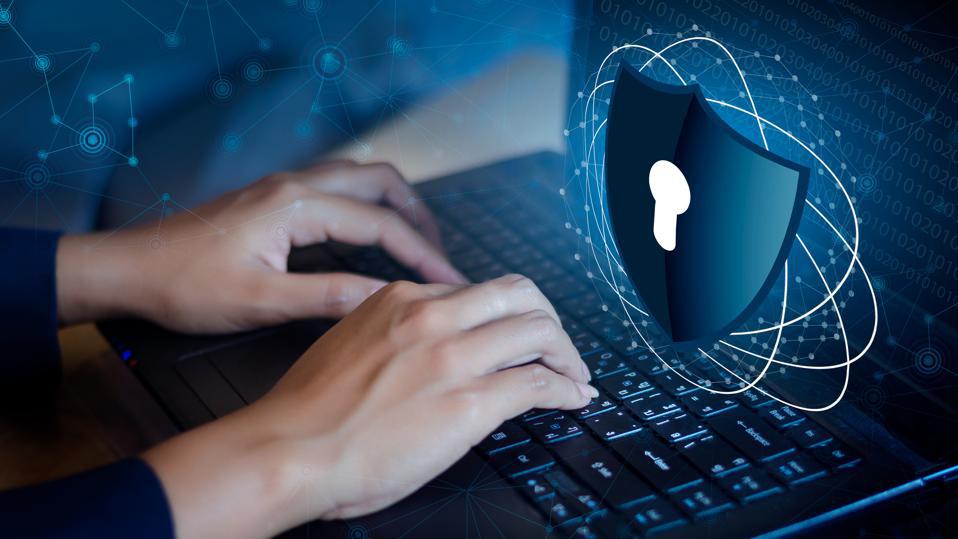2023 Guide to the Best Practices for Identifying Cybersecurity Threats in Your Organization

Monitoring the latest cybersecurity trends is paramount to protecting your business organization against the latest threats. It also allows you to tap into the most advanced cybersecurity technologies and risk management solutions to mitigate the risks of ever-growing cyber threats.
Modern organizations struggle to keep their assets and operations safe from cybercriminals due to various factors. Whether they can’t cope with migration to the cloud or the challenges related to remote workspaces, this inability leaves them open to cyber attacks.
That’s why focusing on the best cybersecurity practices for securing your organization’s infrastructure is paramount. Let’s discuss how to prevent cyber attacks in 2023.
Table of Contents
Adopt a robust cybersecurity policy
The level of cybersecurity measures in your organization greatly depends on the cybersecurity policy you establish. This policy determines all the established measures in your organization to enhance cybersecurity protocols and improve efficiency.
More importantly, it educates your workforce and security experts on the company-wide, essential data management and security practices. The best method to implement a hack-proof cybersecurity policy is to embrace a centralized approach.
It comprises two components:
- A centralized policy – this policy applies to your entire organization and determines a company-wide approach to mitigating security threats;
- Additional policies – these are extra security layers uniquely developed for each department.
Since each department in your organization has unique needs, this centralized approach ensures each department receives the same level of cybersecurity effectiveness to avoid disrupting daily operations.
In addition, you should also consider conducting frequent security audits to assess the state of your cybersecurity measures and detect cybersecurity vulnerabilities, compliance gaps, and unauthorized activity of third-party vendors, privileged users, and your employees.
Focus on identifying any potential CVE vulnerability that could expose critical processes, data, and assets to cyber criminals.
Secure IoT connections
As internet-enabled devices, cloud environments, and remote business models continue to disturb global industries, modern business organizations face extended cyber-attack surfaces. Although the internet offers too many benefits for businesses to count, it also exposes them to many threats.
Since digital transformation requires an interconnected business infrastructure, that same infrastructure becomes your worst enemy due to so many internet-connected access points. A hacker can breach a single device connected to your business infrastructure to use it as a potential attack vector.
A compromised device can allow unauthorized access to data and assets, among many other things. Start securing your workspace by protecting your internet-connected mobile and desktop devices. Establish monitoring practices and security protocols with subnets to reduce cybersecurity risks.
In addition, create multiple backups of sensitive data and keep them in separate storage with limited access. In case the worst happens, you’ll have the latest copy of business data ready for implementation to ensure minimal downtime.
Control access to business-related data
Granting your workforce unlimited access to sensitive data puts them in a position to expose your entire organization to unauthorized access to assets, data breaches, loss, and theft. Since this only increases the risk of insider threats, you should restrict access to critical data by the department to prevent hack attacks from spreading across your company.
Restricted access can help localize cyber threats. If an employee’s account gets compromised, it won’t affect the organization on a global level. We recommend using the principle of least privilege to enable you to assign each employee with matching access rights.
If you need to change an employee’s access status, you can elevate privileges according to their responsibilities. Access prioritization is especially important for remote workspaces.
Since you need a combination of security measures to protect your remote workforce, configure your networks properly, and improve your employee monitoring activities to avoid risks associated with remote work environments and workforces.
Smart password management
Employee credentials are like eye candy for hackers. They give them direct access to critical knowledge bases and valuable business assets.
Unfortunately, modern-day cybercriminals have various hacking methods, tools, and techniques to exploit cybersecurity vulnerabilities, access employees’ credentials, and compromise them according to their infernal needs. They can tap into social engineering or simply launch brute force attacks to breach employees’ accounts and snatch valuable business information without you knowing.
Thankfully, you can mitigate such risks using specialized password management tools to gain complete control over your workforce’s credentials and reduce the risk of data breaches, loss, and theft.
In addition, make sure your employees regularly change their passwords and use different, complex passwords for all their accounts. Make each password strong by including capital letters, numbers, and special symbols.
We recommend using password generators, managers, and mnemonics to ensure military-grade password management across your organization.
Conclusion
In the digital age, we witness monumental changes in the business realm. The digital business landscape evolves rapidly, and companies find themselves at the forefront of advanced developments in cloud security, digital transformation, and threat detection.
Since cybersecurity and data are now the lifeblood of every internet-enabled organization, business organizations must implement the best practices for mitigating risks of the cloud, remote work, IoT, and the like.




